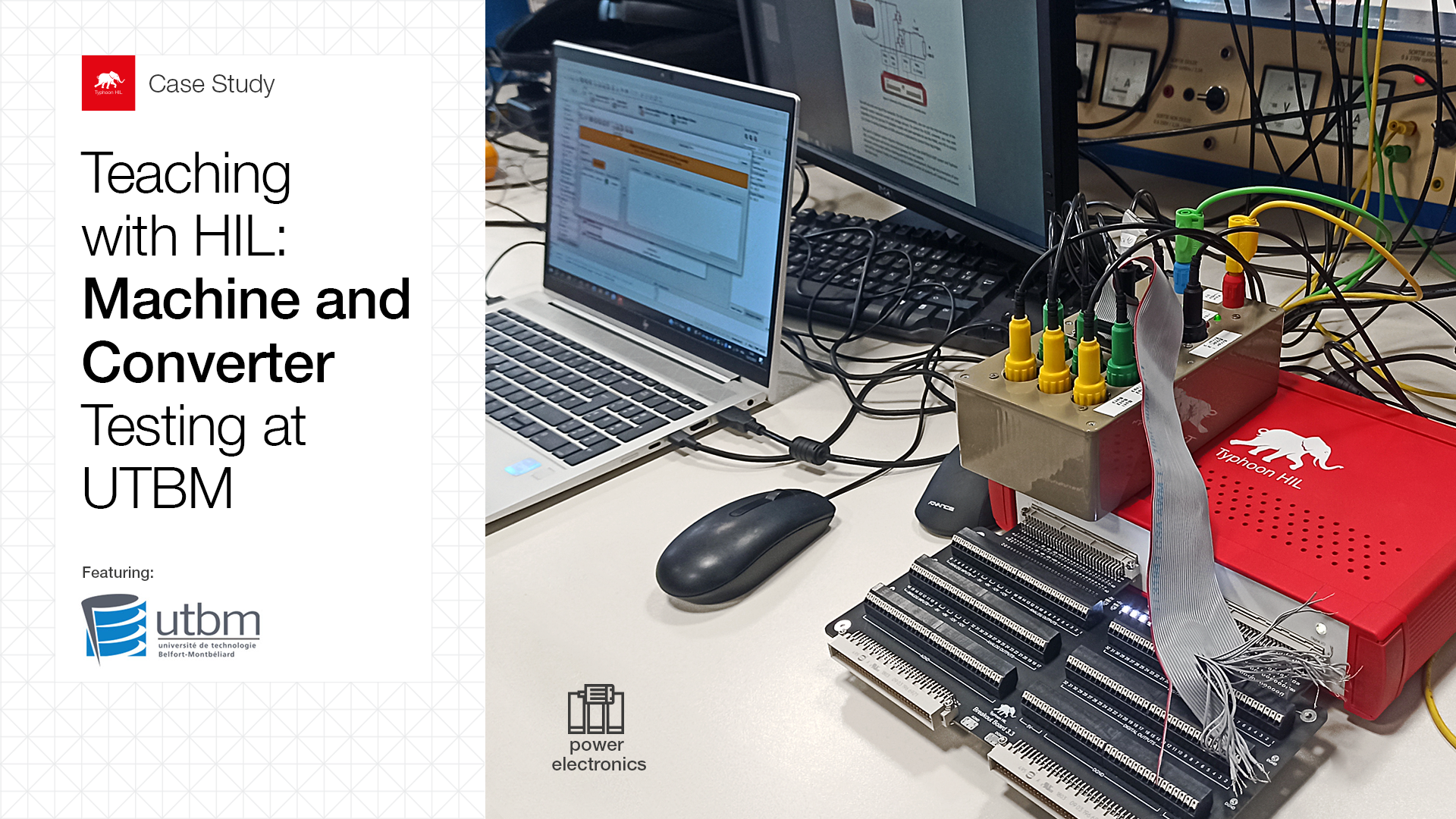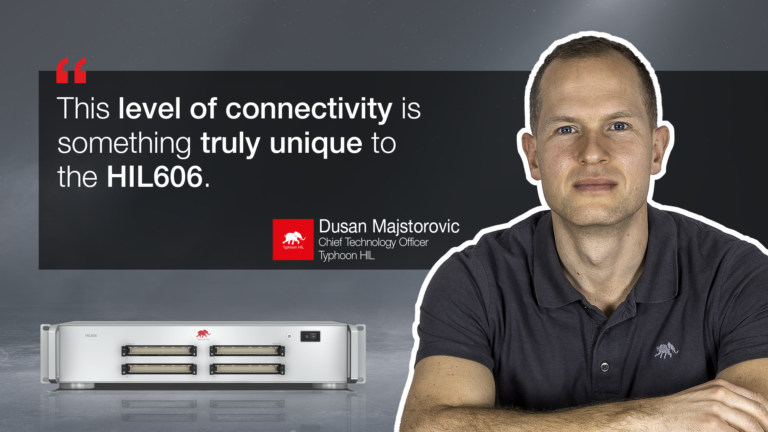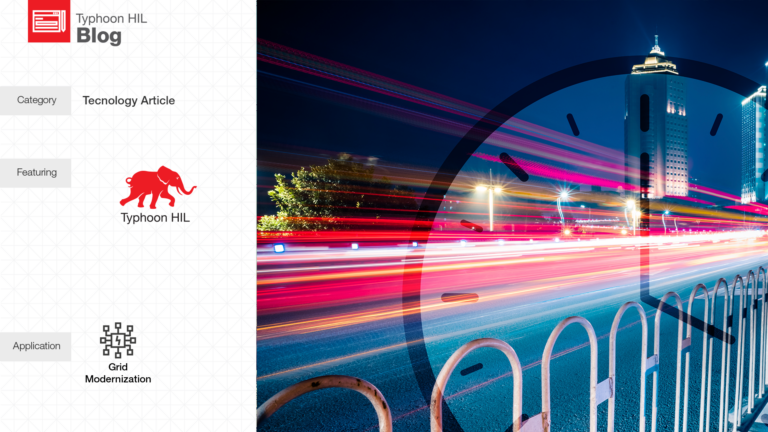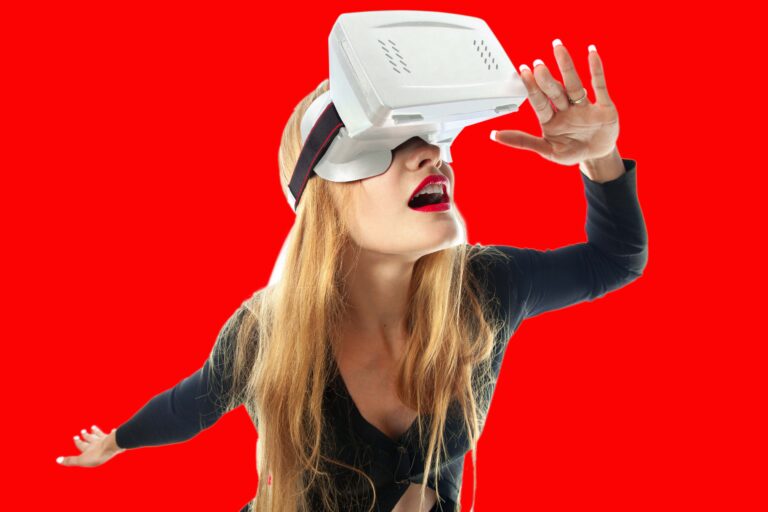Introduction | Learning with a Multi-Purpose Platform
Practical skills are essential for engineering students in the domain of energy and electrical engineering at the University of Technology of Belfort-Montbéliard (UTBM). To teach these skills, UTBM applies several dedicated approaches, including project-oriented teaching where students autonomously develop technical solutions for a given challenge. Moreover, UTBM has a so-called Energy Platform within its Center of Education that allows subject-specific learning in domains of power conversion, electrical machines, and hybrid systems, as well as project-oriented work. The Energy Platform consists of several dedicated areas and one of them is a series of seven identical multi-purpose laboratory test benches containing a three-leg converter, a DC machine, a permanent synchronous machine and an induction machine, a power break, and an associated supervision system, among others. These test benches are used as technical support for different teaching modules including data acquisition, electric machines, electric converters, system control, and hardware-in-the-loop (HIL) testing. Student projects are regularly conducted on these test benches with the aim for them to gain practical knowledge and autonomy in project-based work.
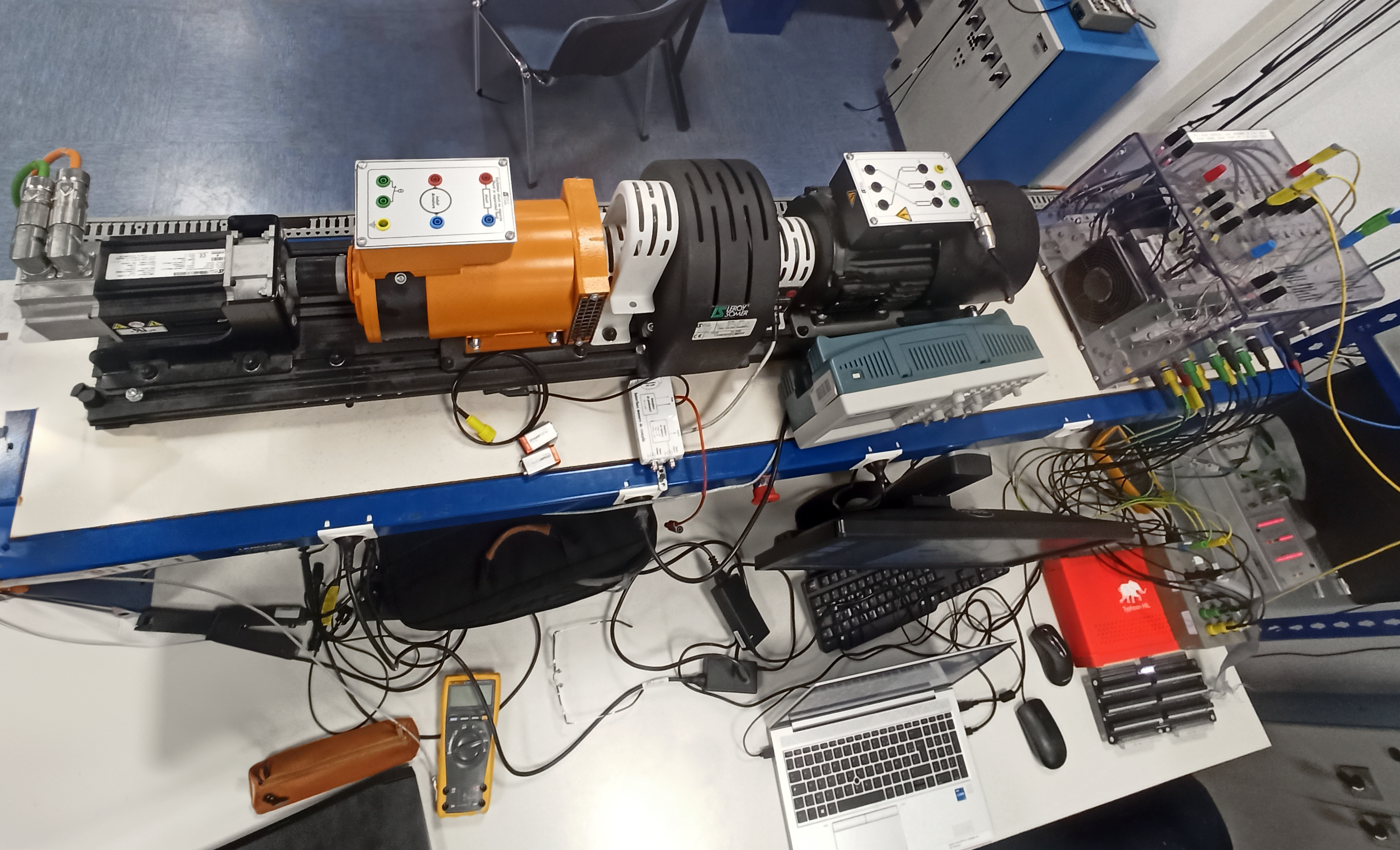
Teaching | HIL testing the control of the multi-purpose platform
With the goal of using Typhoon HIL testing solutions as the heart of the multi-purpose laboratory benches, students inscribed in the “HIL applications” lecture were asked during the project part of their lecture to apply a HIL402 system in the heart of the platform. The objective of this task was to show that a HIL402 real-time simulator, as well as Typhoon HIL Control Center, are well-adapted tools to control a multi-purpose platform including its diverse applications.
As a first step in the project, the HIL device should be set up to control the three-leg converter that is controlling the different machines. Within the “HIL application” lecture, students also had another lab project, where they were asked to use a HIL402 unit to control the SEMITEACH-IGBT 750 V three-leg converter. This project was assigned to a group of 13 students throughout six three-hour sessions. The project also included individual work, project planning and supervision, and a reporting part.

Solution | Autonomous Student Work Towards Learning Goals
As part of the “HIL applications” lecture at UTBM, students first learned the basics of HIL in theory, completed by a short introduction to Typhoon HIL Control Center using the HIL Fundamentals course available at HIL Academy. Afterward, they had to conduct the project autonomously, even though they were allowed to ask questions from experts inside and outside UTBM. The first step was to get to know the Typhoon HIL HIL402 system, which is equipped with a Breakout board interface. In the second step, a connection between the HIL402 system and the SEMITEACH-IGBT 750 V converter required a voltage adaptation.
In the first step, only one leg of the converter was used to create a buck converter. The results from the first step were later used as the baseline for further steps, including the control of the test benches’ DC machine or the creation of a three-phase signal that is required to run a PMSM in a subsequent project that will be addressed in the future.
HIL Benefits | Typhoon HIL solutions are a well-adapted industrial tool for academic teaching
Typhoon HIL provides an ideal tool for HIL teaching. Typhoon HIL Control Center toolchain is accessible and didactic, the HIL Academy online learning platform provides a good starting point allowing one to obtain skills autonomously. The numerous examples are well documented and can be used or adapted to various situations.
In the future, it would be great to have a Typhoon HIL system at the heart of the multi-purpose platform. Based on the transparent approach, it is possible to fully use the versatility of the platform and offer a variety of subjects like data acquisition, converter, and/or machine studies, but also the use of HIL and rapid control prototyping (RCP) for both stationary and mobile systems.
Credits
Text | Daniela Chrenko
Visuals | Daniela Chrenko, Karl Mickei
Editor | Debora Santo
